Home • Microfinance • Article
Costa Rican Kitchen Design Hits Zimbabwe
March 17, 2015
They may be continents apart, but Costa Rica and Zimbabwe face some of the same challenges when it comes to life in a rural community. A lack of electricity means no fridges to keep food chilled. Cooking is often done over an open fire inside the home but, increasingly, the severe health risks (particularly to women and children) of the smoky environment are becoming evident. And there’s unlikely, either, to be ready access to running hot water.
How to address such challenges forms part of the research activities of the renowned Earth University in Costa Rica. For the past 25 years, Earth has been preparing students from across the world to contribute to the sustainable development of their home countries.
At the end of last year, a number of women agri-business entrepreneurs from Kiva’s Zimbabwe partner, Camfed (most of them Kiva borrowers), were funded by The MasterCard Foundation to attend Earth for a six-week intensive “train the trainer” program in integrated sustainable agriculture. They are now back home and, in line with the ‘social interest’ concept on their Kiva loan, are sharing the skills they learnt with remote rural communities in Zimbabwe. I had the opportunity to witness some practical demonstrations to one of these communities near Shurugwi in the south of the country.
I’d initially wondered what sort of reception the group might get, and whether the arrival of new, innovative concepts from half way across the world, would be welcome. I certainly didn’t need to worry: here is the greeting from the community, led by the local ’mothers support group’:
The day kicked off with a demonstration on how to construct a ‘pot on pot’ chiller. A small clay pot is placed inside a larger one, wet sand is placed in between and the whole thing is covered with a wet cloth. Leaving it to one side for around 30 minutes, the liquid in the sand and the cloth evaporate, and heat is drawn away from the inner pot. I crowded round with the rest of the group to check the tomatoes we’d placed inside: despite my initial scepticism, I was impressed at the result. I gather this is far from a new concept: there’s evidence such a system was being used in Egypt over 4,000 years ago. But it was wonderful to see this lost knowledge being brought back into communities in Africa again, through this intercontinental partnership between Earth and Camfed.
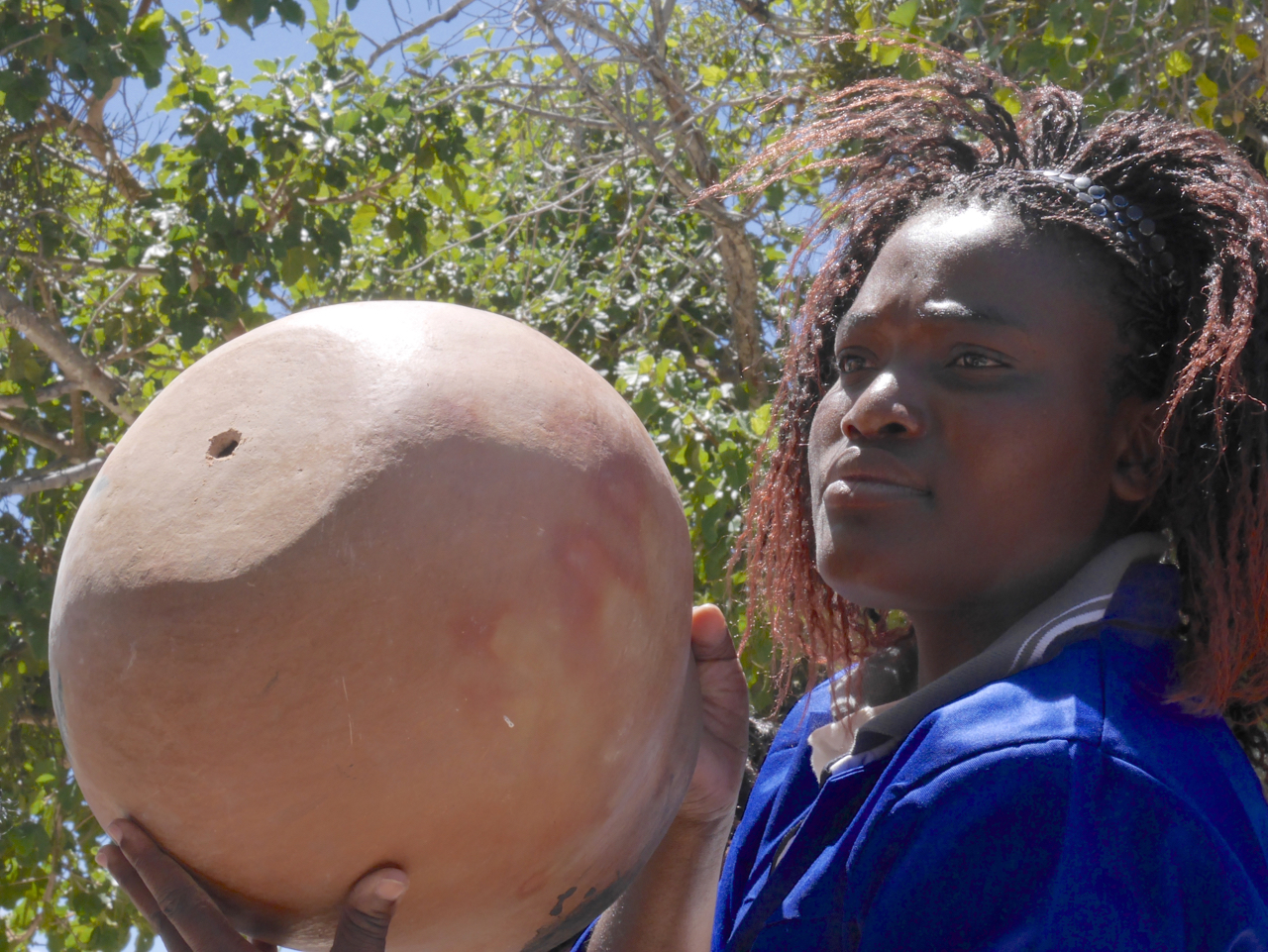
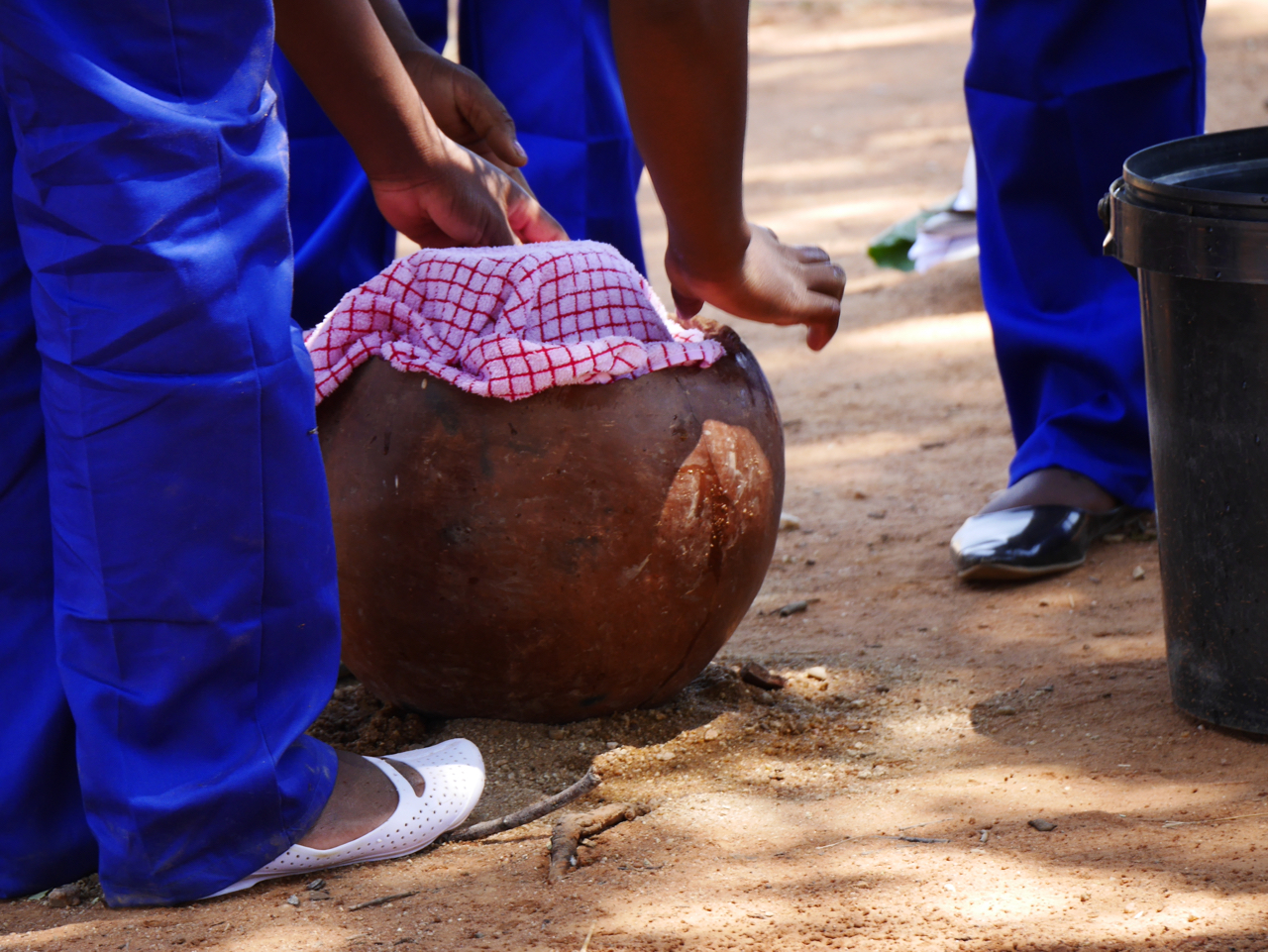
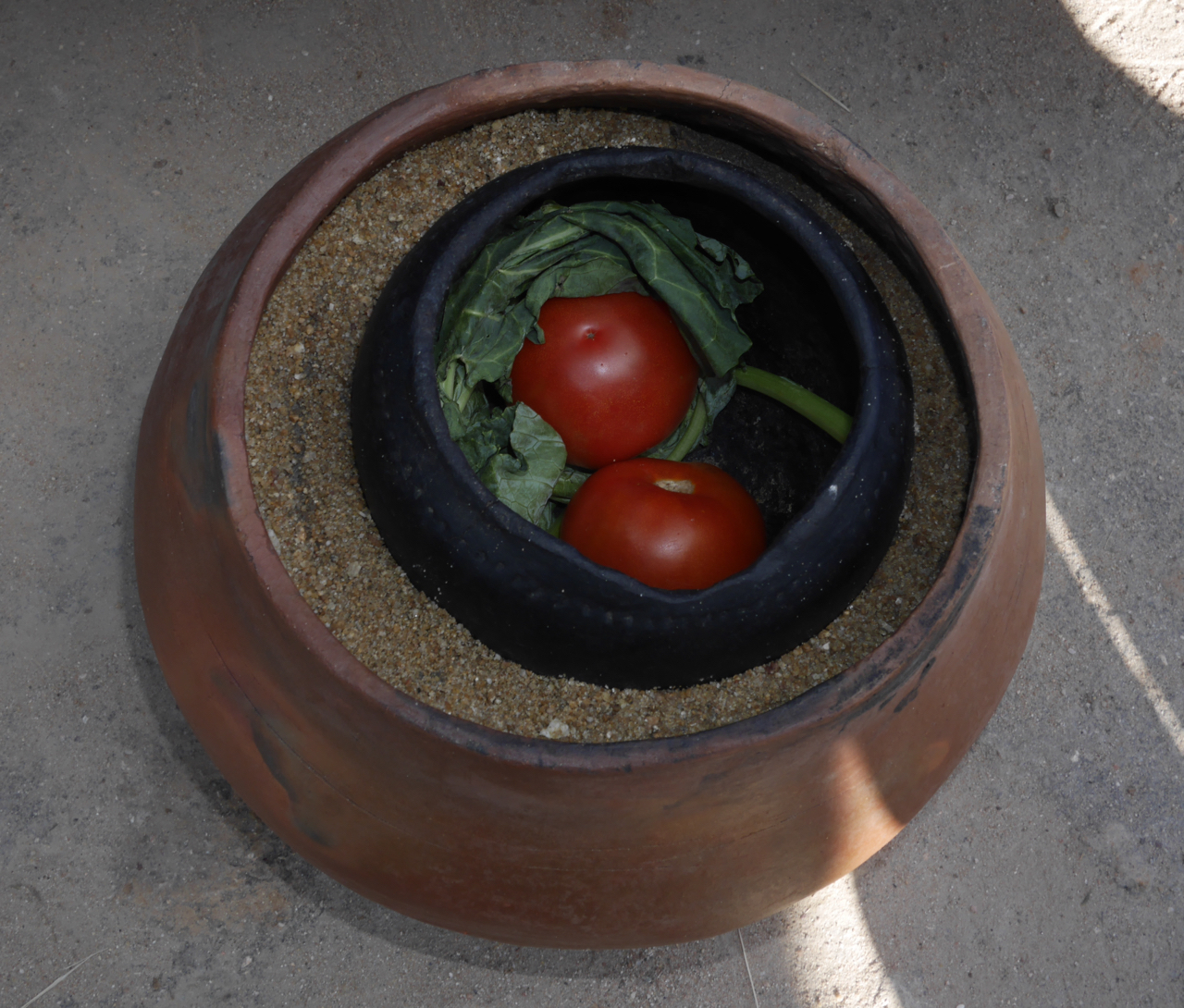
We moved swiftly on to another, this time slightly more complex, concept. Engaging the group in cutting the tops off a huge pile of used plastic bottles, and combining this with some plastic tubing and black plastic sheeting, the team constructed an ingenious solar water heating system. Apart from the benefits in terms of ready access to hot water, the concept also reduces the amount of plastic lying around; an important advantage in an environment where recycling is very limited.
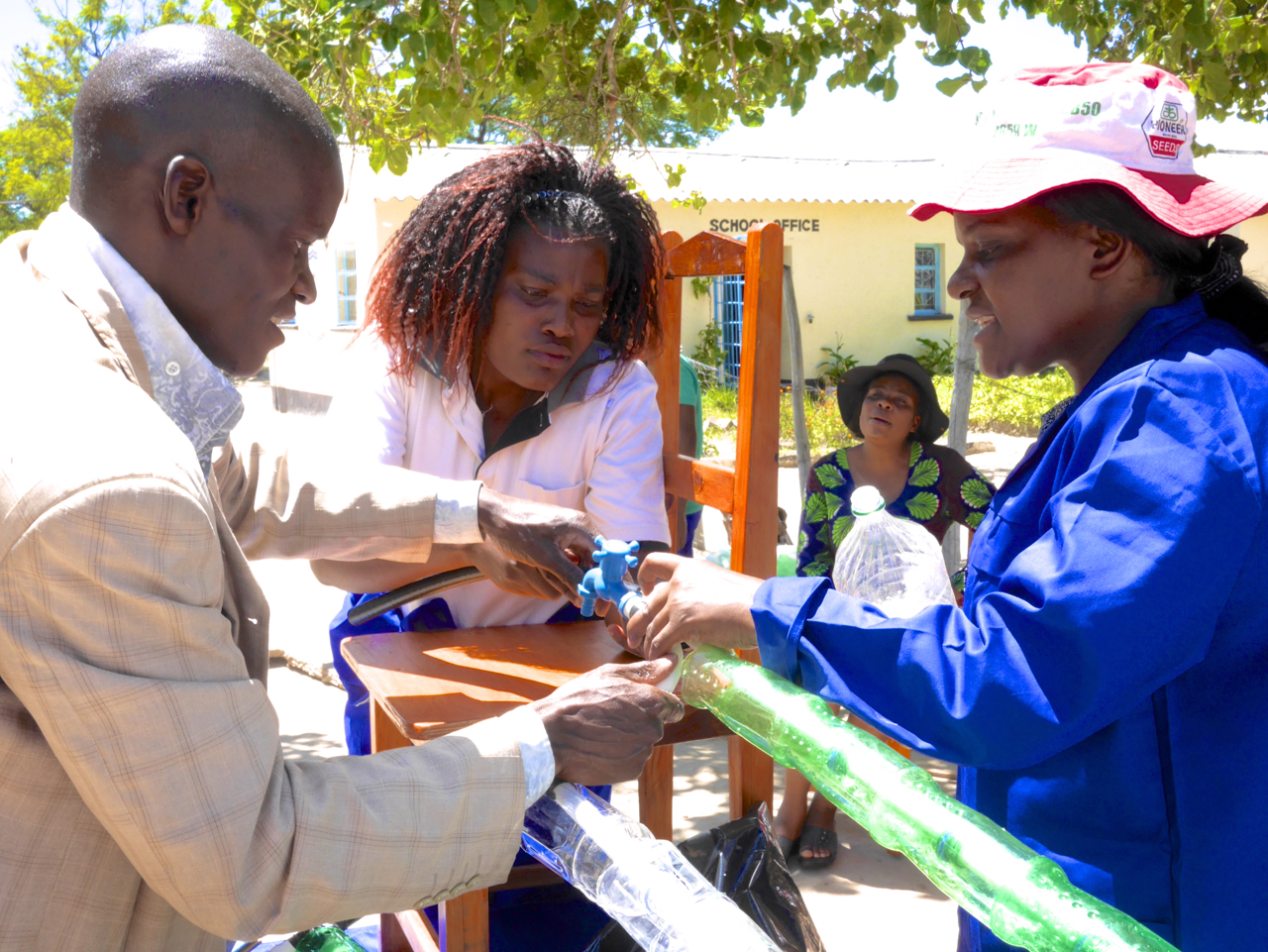

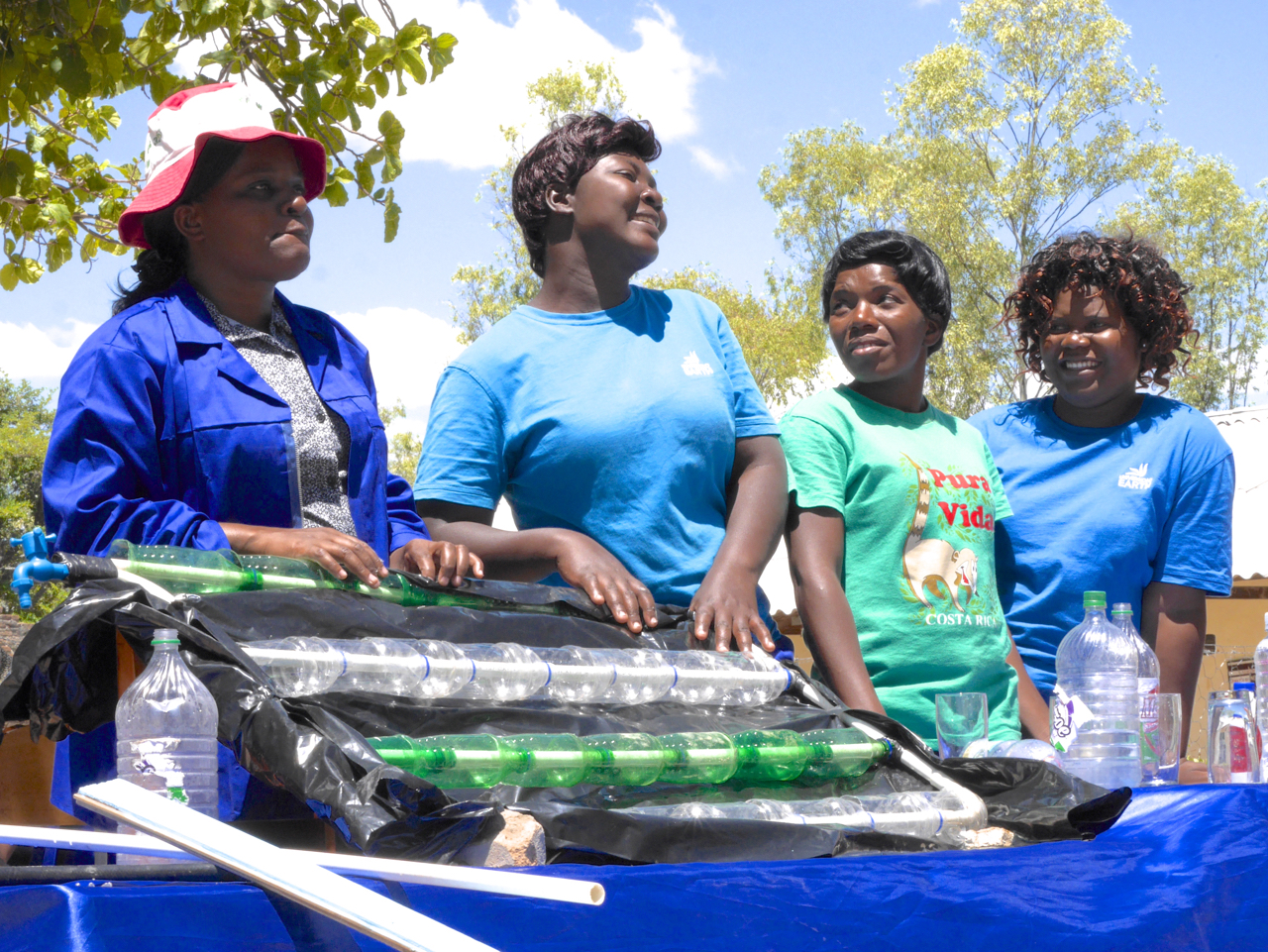
The final demonstration was the most ambitious project of all. With the help of a local builder, the team directed the construction, on the school grounds, of a ‘patsari stove’. A new concept to me, this uses a combination of brick, sand and clay, constructed into a carefully designed set of ‘buffers’ beneath the heating surface, to conduct the heat and improve fuel efficiency and cleanliness. It’s estimated to need only half as much firewood (a welcome relief for women who can spend hours lugging wood each day), and to reduce smoke pollution by up to two thirds.
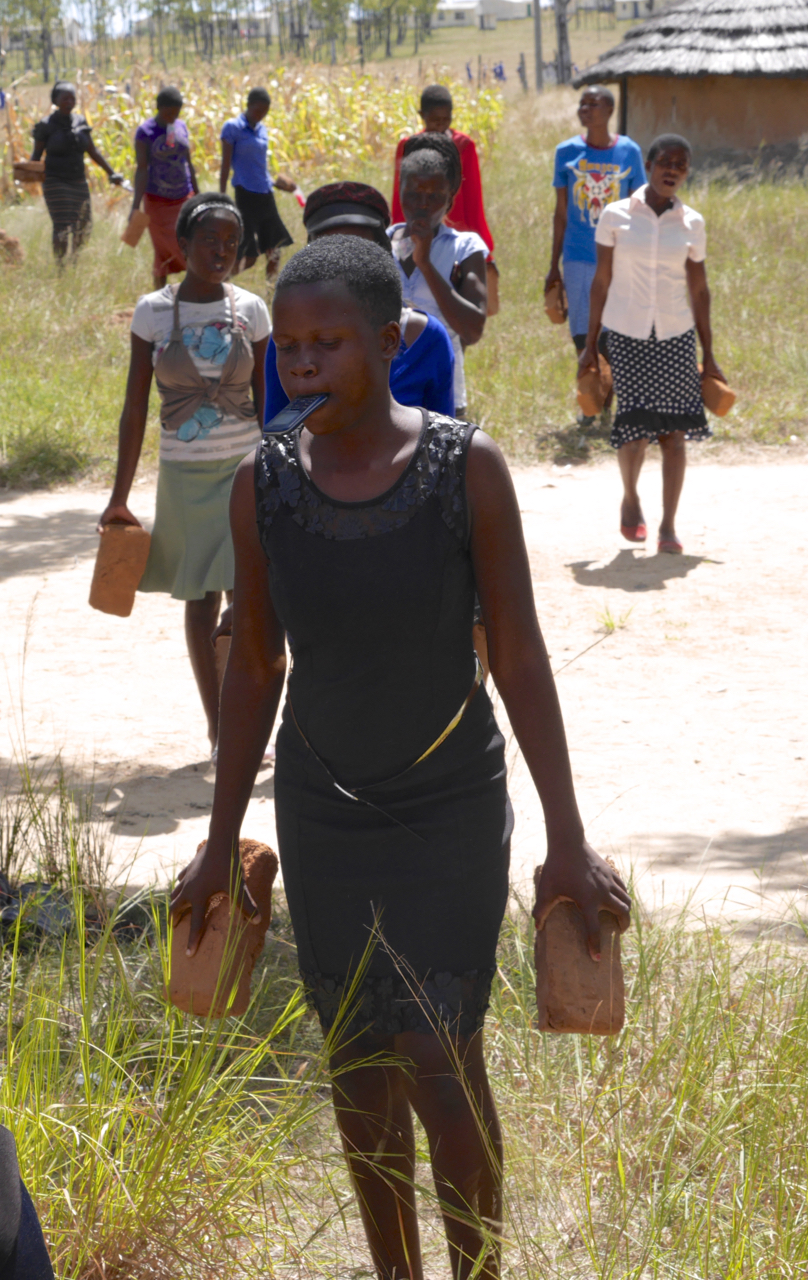
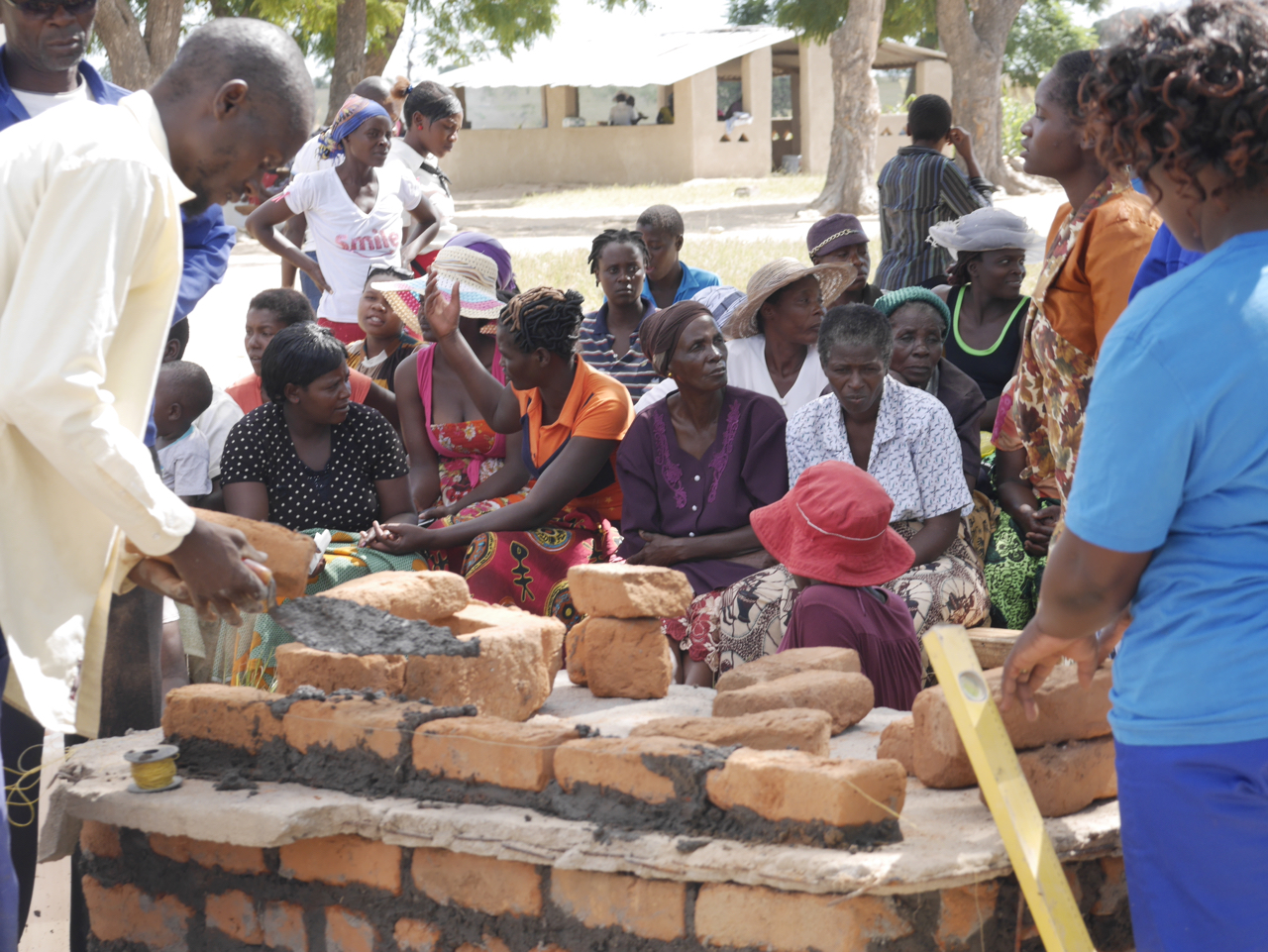
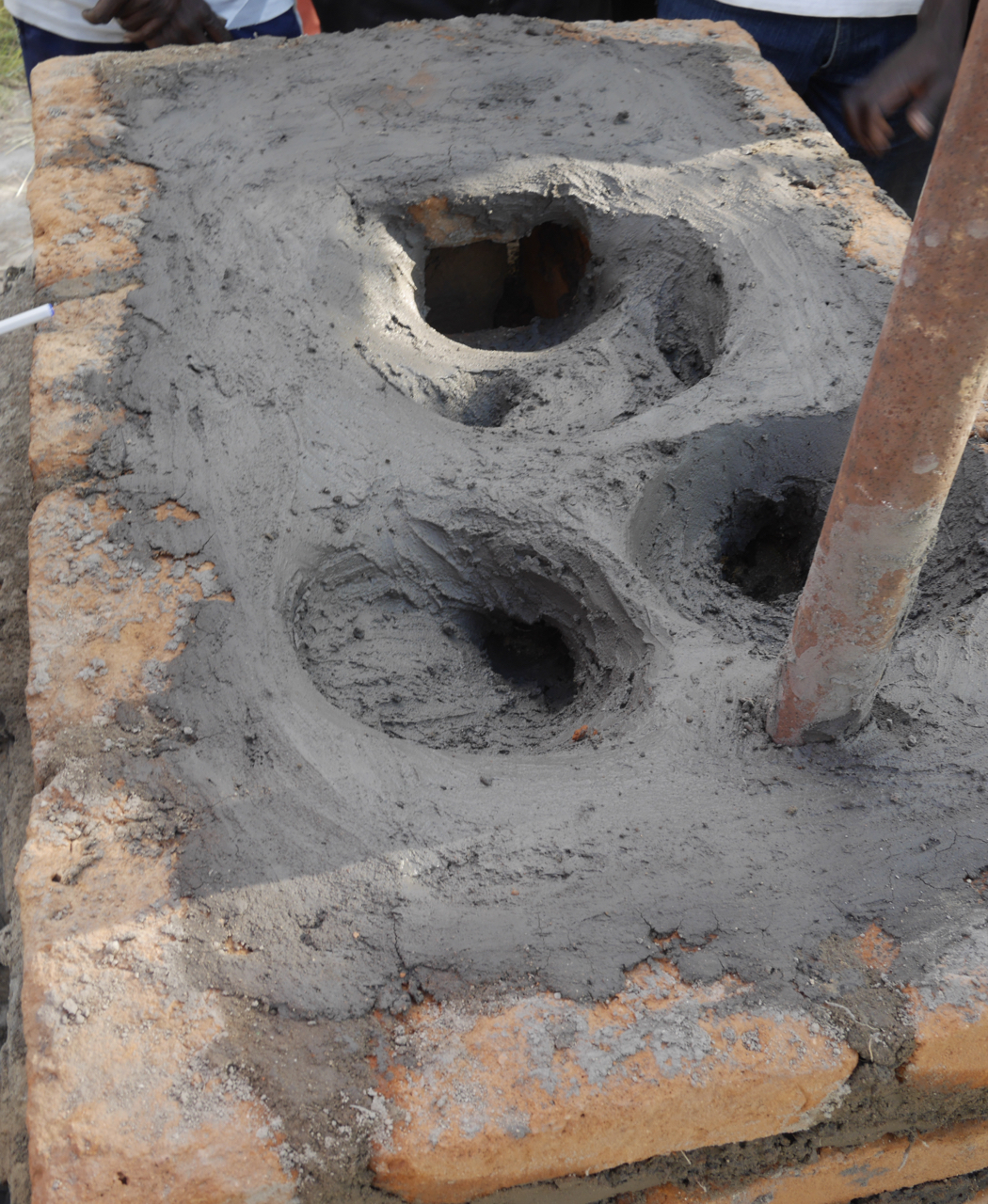

Originally a central American design, the patsari went down a storm in Zimbabwe. And in true Zimbabwean fashion, the group made their delight very clear:
As we continued on, looking at vegetable / fruit drying, and poultry rotational farming ideas, I reflected on the wonderful displays I’d witnessed of global idea-sharing, of openness to new ideas and of community spirit. And I was struck again, by the impact of the ‘social interest’ idea in the Kiva / Camfed partnership. Once again, I see massive impact not just on one borrower but on entire communities.
PREVIOUS ARTICLE
“My dreams for my children came true!” →NEXT ARTICLE
Ki’s Dream: To define herself, by her own rules →













